[I am not doing a blog post for this survey as I am creating a ZINE for TYPOGRAPHY]
I am planning on covering German typographers and their contributions to modern typography

hurts the eyes.
[I am not doing a blog post for this survey as I am creating a ZINE for TYPOGRAPHY]
I am planning on covering German typographers and their contributions to modern typography
Drinking a Questionable Glass of Bootleg Beer Had Never Been More Delicious…
The year is 1920. It’s been a busy week so you decide to kick back and relax at your favourite bar. You ask for some rum. The bartender pours you a glass of milk instead. You look at it in shock. Your bartender looks at you apologetically. WHERE IS YOUR LIQUOR ??
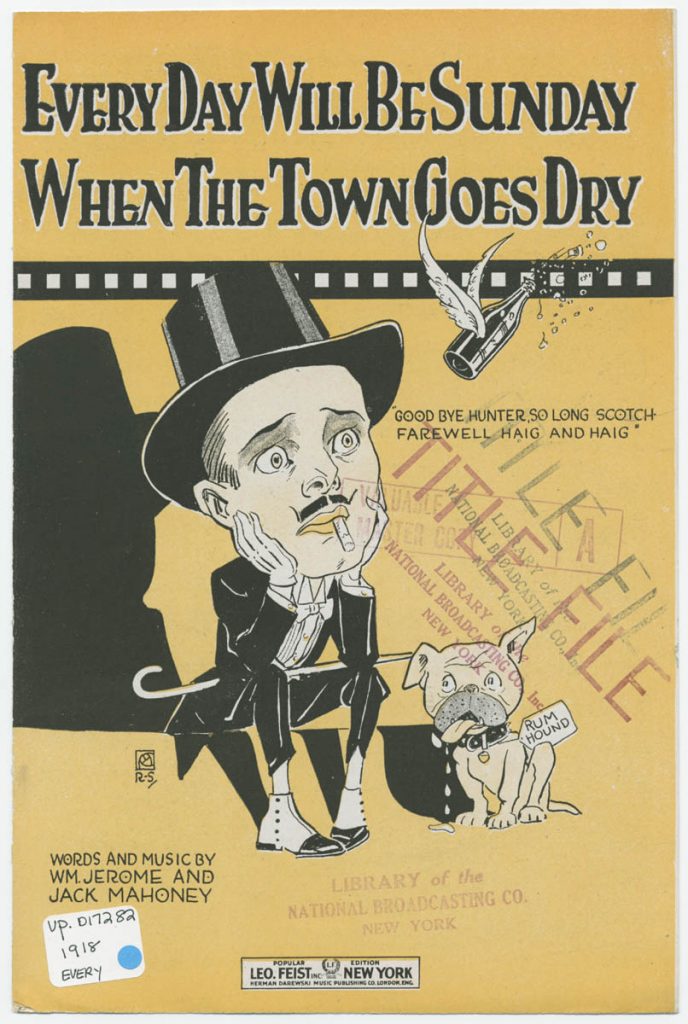
The manufacturing and distribution of alcohol was banned all across the United States in the 1920s under the 18th Amendment of the U.S. Constitution. Although America had been nowhere near the top countries of alcohol consumption, certain groups within the country felt that their own home was rampant with drunks that were ruining society.
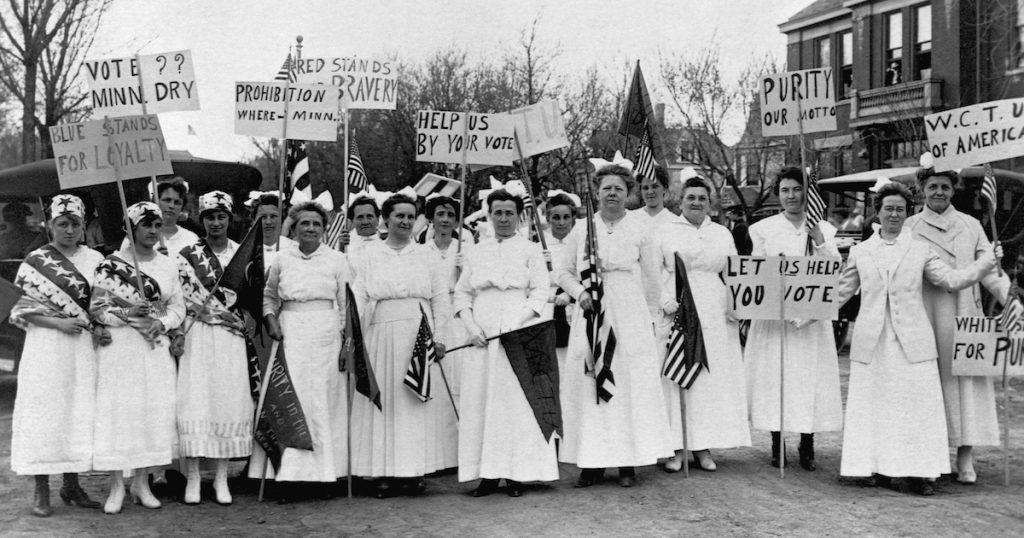
The national prohibition of alcohol or the ‘noble experiment’ did not come into effect overnight, nor was it a decision made on a whim. There had already been a movement for the ban of alcohol that dates back to the early 19th century. Alcohol had been seen as the cause for corruption, criminality, family problems, and poverty. The women’s suffrage movement and the church supported prohibition. Women and various religious groups believed that by taking alcohol away, there would be no abuse at home and the overall faith in religion would increase. Immigrants were seen as dirty drinkers and were associated with the poor. By getting rid of liquor, it was believed that it would bring America white and better again.
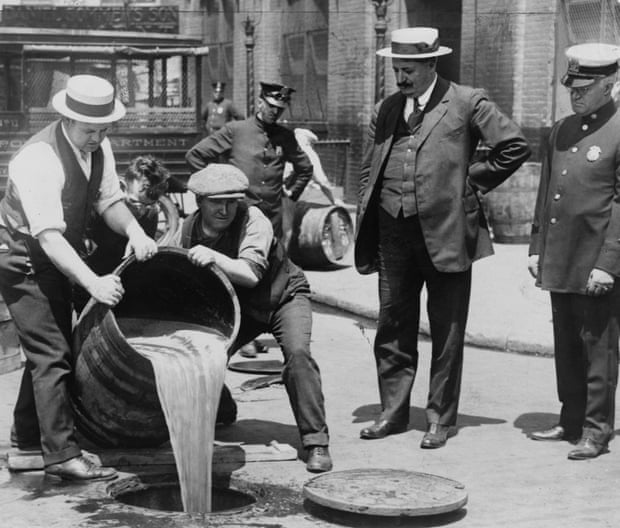
People had expected to see sales in goods increase, a rise in rent prices with the closing of saloons and just a general growth in the economy. Unexpectedly, restaurants failed due to the loss of profit in alcohol sales, theatres did poorly and the government lost billions in tax revenue without liquor taxes. Business and companies were not the only ones that suffered from the Prohibition. Thousands lost their jobs as truckers, brewers, waiters and other jobs were not needed now that there was no need for breweries and beer exports. Regular people had to resort to dangerous and shady means to obtain alcohol, which were through gangs that dominated the underground bootleg beer production. Prohibition led to the rise of organized crime as gangs took advantage of the people’s desperation to get alcohol in their hands. They made a gross amount of money from smuggling and selling bootleg alcohol.
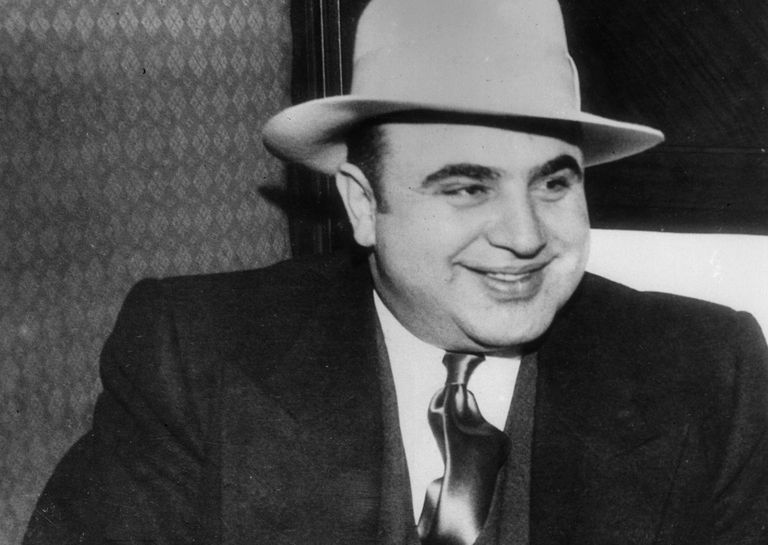
After 13 years, the Prohibition was lifted following many complaints and consequences. Businesses and the unemployed had suffered greatly with the Great Depression and morale was extremely low. America had not seen an improvement in health and hygiene like they had predicted, while crime and corruption rates had not gone down at all. The Prohibition was a gigantic flop and did more harm than good.


Sources:
www.thejournal.ie/prohibition-america-alcohol-twenties-910365-May2013/
www.ncbi.nlm.nih.gov/pmc/articles/PMC1470475/
www.pbs.org/kenburns/prohibition/unintended-consequences/
www.theguardian.com/commentisfree/2016/mar/30/prohibition-google-autocomplete
www.thecanadianencyclopedia.ca/en/article/prohibition
If You Thought Putting on a Sweater in the Morning Was Hard, You Should See These Guys….
Fashion, like art and literary trends, have been constantly changing with every year and decade that goes by. Although fashion trends have changed greatly for men throughout time- from heavy robes to fitted suits, very little changes can be seen across the decades that are close to one another, therefore there will be a greater focus on women’s’ dress in the early 20th century as they are continuously changing.
The Belle Epoch was a period when European countries had the greatest influence upon outside countries and were politically strong. During this time morale was high, and there was economic stability, which led to an advancement in art, music and fashion, especially in France. This led to Paris being the center of fashion, where rich women would come to buy their clothes, which were decked out in feathers, lace and pearls.
Following the Victorian era, where women sported bulky garments and restrictive frames, came the Edwardian era which introduced a more natural and fitted shape in clothing.
What follows is a list of some garments that were popular and widely worn by women:
Corsets- Having a slim figure was desirable as it would mean that one was refined and dignified. In order to achieve that ideal lithe form, women would wear corsets that would constrict the upper body. In the early 20th century, Dr. Inès Gaches-Sarraute recognized the dangers of wearing a corset. She designed a new corset that would improve the health of women and prevent many female-related health problems. This new corset encouraged a healthier posture by removing pressure from the waist and diaphragm. However, this resulted in pushing the chest forward and pushing the hips back, forming an S-shaped figure.
Hobble Skirt- Amongst the many skirt forms worn by women during this period, the hobble skirt was very popular. Being in especially great demand between 1910 to 1913, the hobble skirt was a close-fitting skirt that brought the knees together and cinched in at the ankles. It was extremely difficult to walk in, and women would have to take tiny steps to get around. The wiggle skirt, made famous by Marilyn Monroe in the ’50s, was based off the hobble skirt.
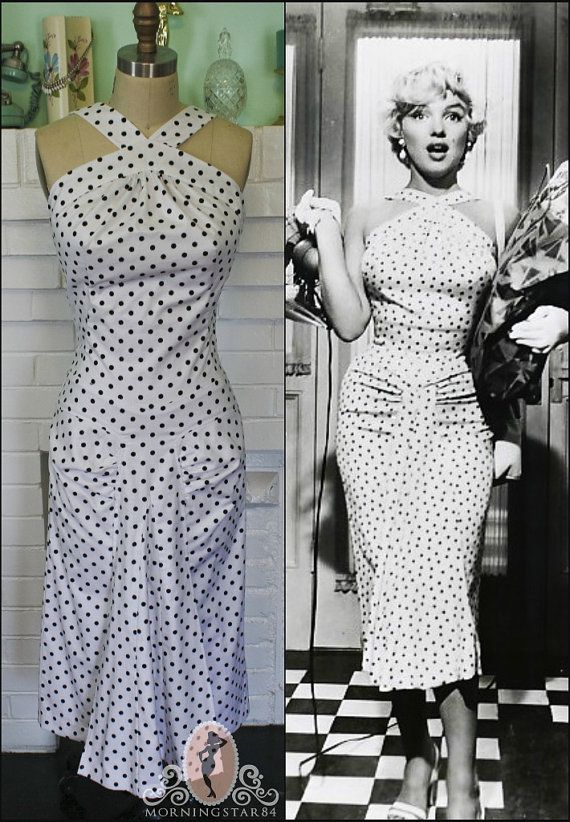
Feathered hat- Feathered hats were the most important staple accessory in a woman’s wardrobe. The popularity of these hats reached its peak during the early 20th century. Women’s hats were brimming with bird feathers, wings, and even taxidermied bodies. Large plumes and flowers dominated the hats. During this time, there was no consideration for the number of birds being killed for hats as everyone believed birds were an inexhaustible resource, which led to a huge decline in the bird population.
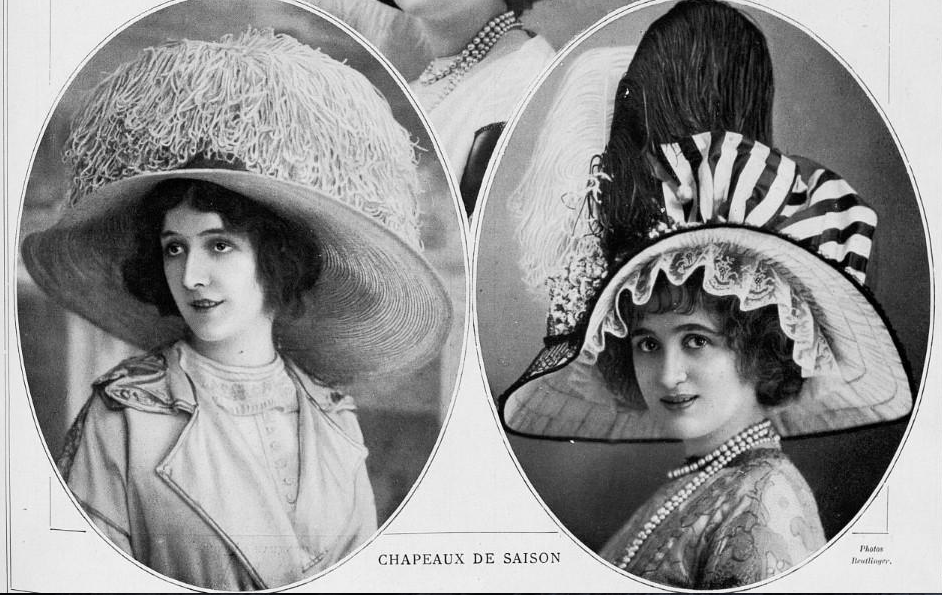
Sources:
fashionhistory.fitnyc.edu/1900-1909/
glamourdaze.com/history-of-womens-fashion/1900-to-1919
www.britannica.com/topic/dress-clothing/The-early-20th-century
[I’m the designer for this survey so I will not be writing a research blog post]
You Can Thank William Morris for Your Great-Great-Aunt’s Ugly Interior Home
As an enthusiast of handcrafted, traditional works of art and furniture, William Morris started a company of artisans that worked exclusively by hand. His company, Morris & Co. introduced the world to a whole new style of textiles and wallpaper and started a movement that brought back the demand for classic craftsmanship as well as an appreciation for the aesthetically pleasing patterns inspired by the past.
The wallpapers that Morris produced all look different yet share similar characteristics such as the colour. Morris brought back the use of organic vegetable dyes instead of chemical aniline dyes. He used indigo for blues, shells and roots for browns, plants and crushed bugs for red and the weld plant for yellows. As a result, the dyes produced a soft, but rich and saturated effect. He would never use bright colours as only chemicals would produce such hues.
Morris was inspired by several art periods which led him to design the naturalistic, yet ornate designs of his wallpaper. This leads us to ask: what inspired him and what were the colour characteristics of them?
The Renaissance
Pigments for renaissance paintings were made from crushed minerals or plants, similar to the methods Morris used for his textiles. As they were made from natural materials, they were rich and deep in colour.
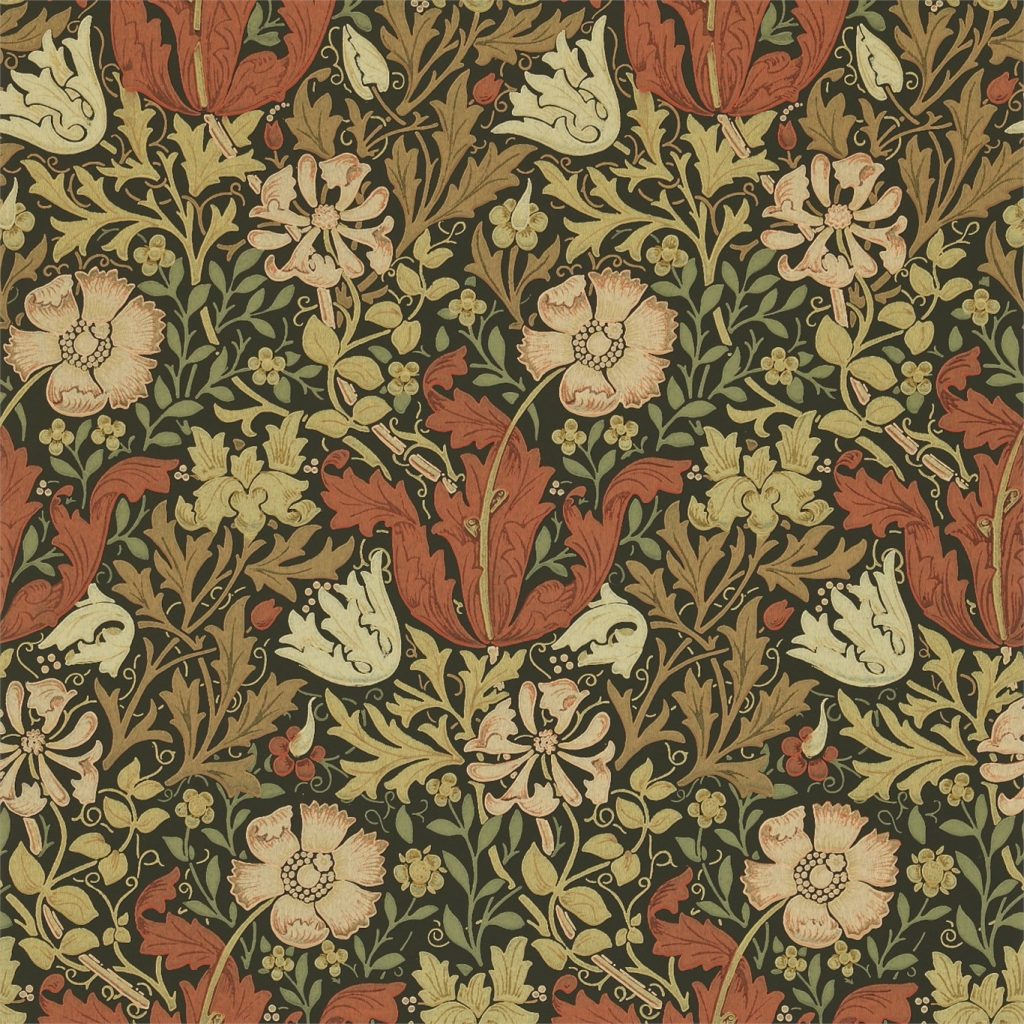
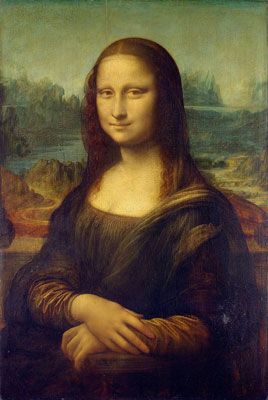
Ukiyo-e
Early prints were monochromatic, which meant that colour was added by hand. Muted shades of pink, orange, green and yellow were commonly added. These colours were made from lead mixed with sulphur and other minerals. The end result is soft, dusty colours.
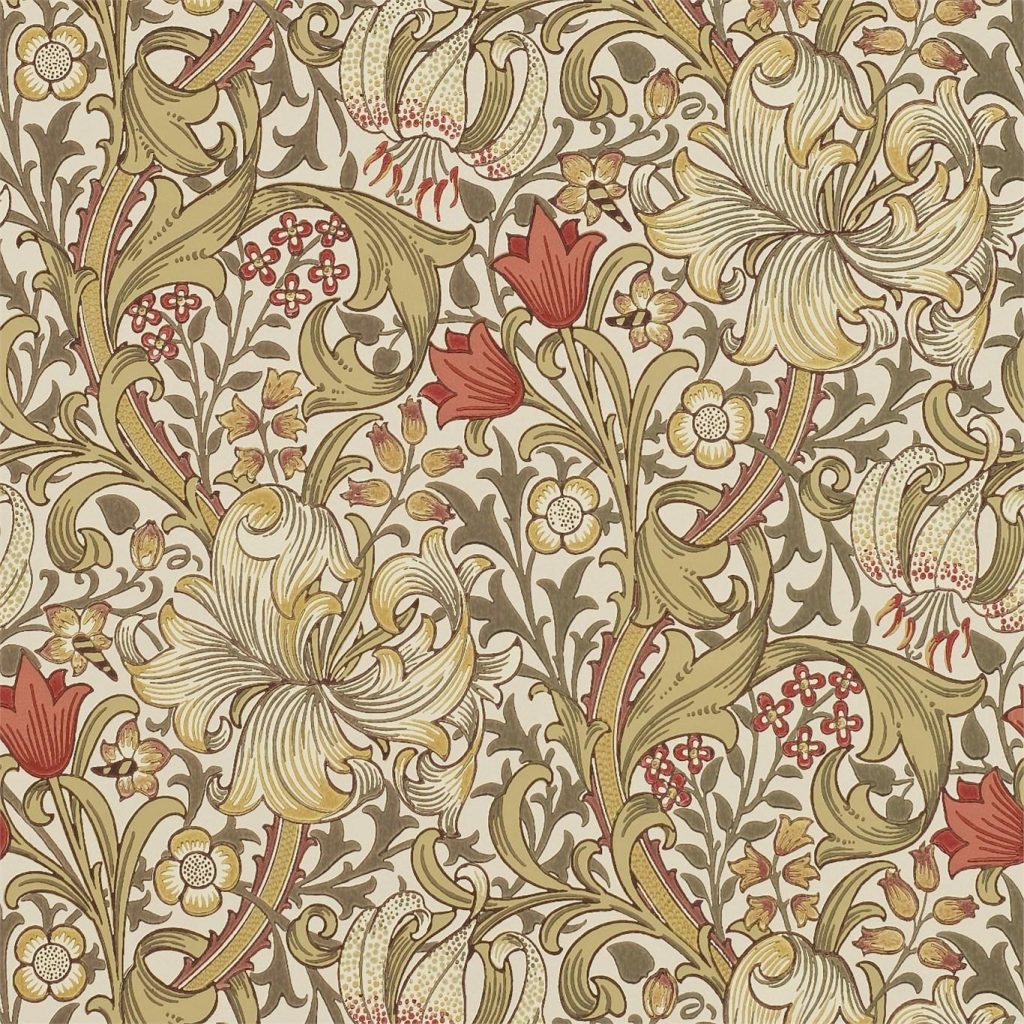
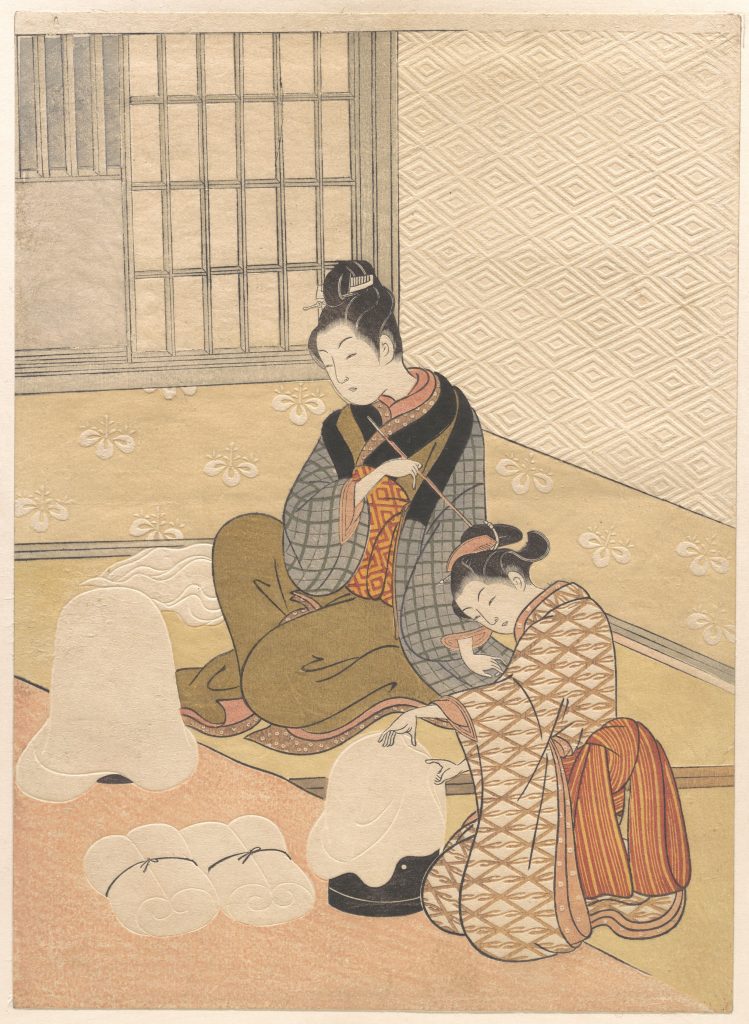
Rococo
The rococo period was characterized by soft pastels. It contrasted with the dark, primary colours of the Baroque period which preceded it. Other predominant colours were gold, ivory white and other light colours.
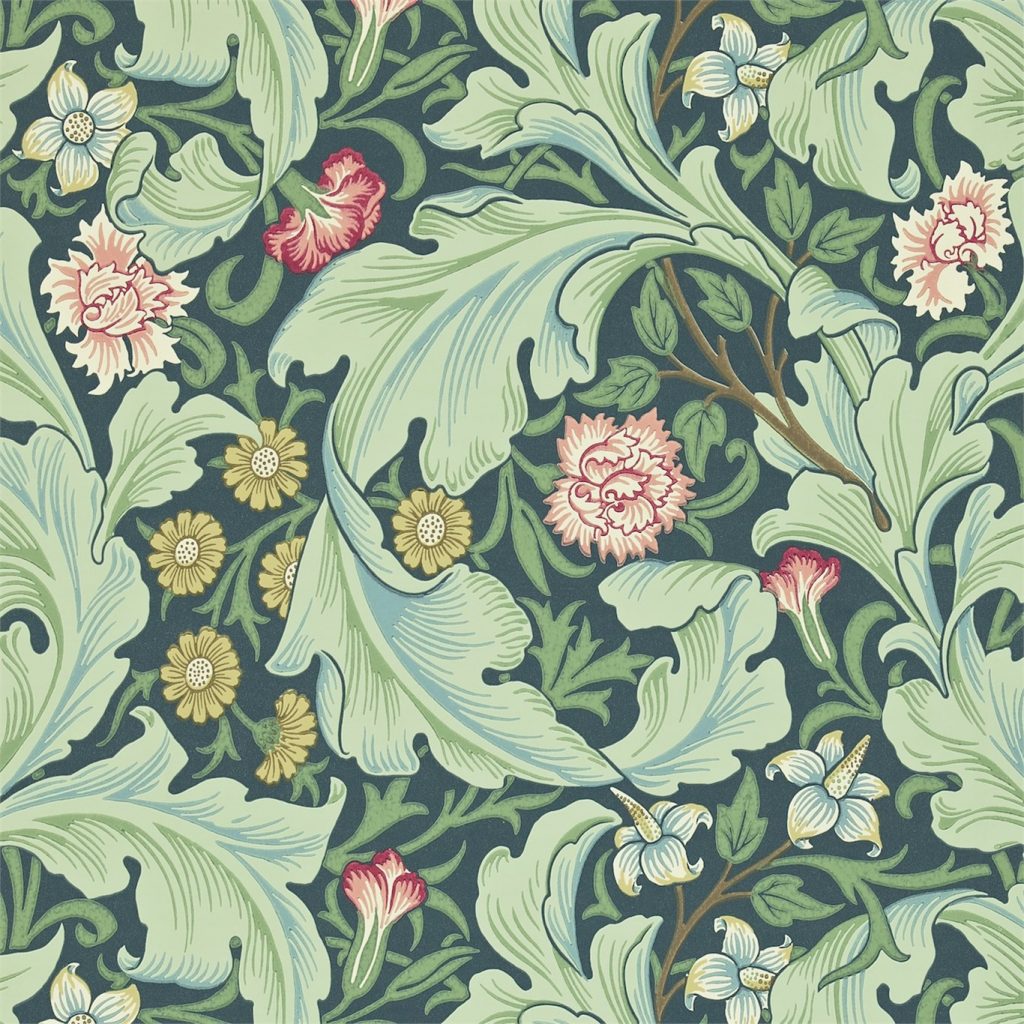
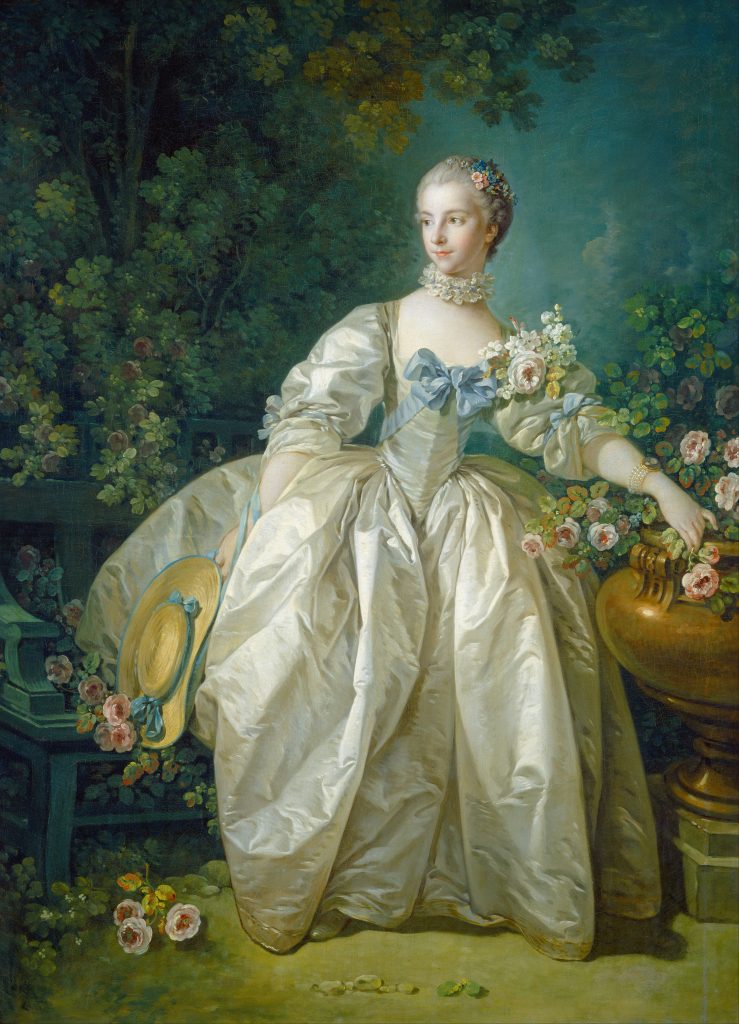
Gothic
Gothic architecture featured stained glass buildings which were brightly coloured in order to create a colourful cast of light when the sun hit. The stained glass has many dark blue and red pieces, along with light blues, greens, purples, a little bit of yellow. The colours are very saturated and pure.

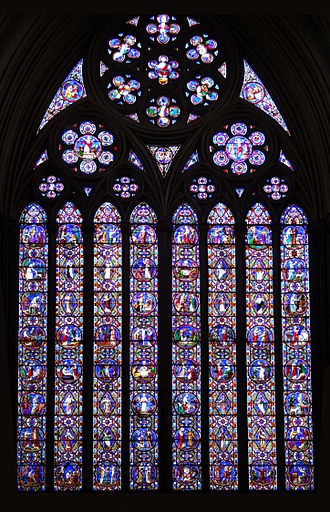
Sources:
www.jankanuch.int-des.com/uncategorized/william-morris-a-visual-guide/
www.patternobserver.com/2014/11/25/history-surface-design-william-morris/
www.craigandrose.com/all-articles/period-styles-arts-and-crafts-movement/
www.victorianweb.org/authors/morris/delucia10.html
www.daydreamtourist.com/2014/12/09/william-morris/
We had Harry Potter and the Hunger Games. What kind of books did the people of the 19th century like to read?
People like to criticize the younger generation of this age for using their phones to distract themselves when they could be reading or doing better things, but did you know, some people of the 19th century considered reading to be dangerous. They feared that people who read books would not be able to tell the difference between reality and fiction. These people would spend hours engrossed in a book.
What kind of books were they reading for them to not be able to put it down? Many books during this time were of the realist kind. A popular literary movement during the 19th century, realism was a literary movement that started in France during the mid 19th century and spread to the rest of Europe, Russia and the USA. This movement came about as a response to the Romantic movement, which emphasized imagination, prose, exotic themes and outstanding heroes. Books of this movement had characters of various classes, usually of middle to low classes of society.
In Europe, there were writers like Jane Austen and Charles Dickens. Jane Austen’s novels addressed the limited opportunities women of all classes had. The dialogue is natural and realistic, which was her way of critiquing the unrealistic portrayal of women in books of the 18th century. In her novels, she does not portray all couples as perfect, despite being novels about finding love. Charles Dickens’s novels are thought to have been used for social reform. His books criticized Victorian society for their treatment of the lowest class of people. His characters were often poor, working-class people tackling poverty and injustices.
In the USA, William Dean Howells and Mark Twain were two of many American realist novelists. Howells wrote novels about situations that were realistic such as a marriage falling apart and the rise and fall of businesses. What made Mark Twain’s novels so realistic was that he used colloquial speech that was unique to the United States. During this time, American writers were trying to imitate the fancy writing style of the English, so Twain’s use of American slang was revolutionary and gave American writing a distinctive voice. Twain’s novels had characters that were highly believable and put in tiny details that made his stories highly realistic.
Not only did books help pass the time by immersing readers into the lives of different people and scenarios, but they also brought awareness to social problems that would have otherwise gotten ignored. By writing to fight against the idealization and the dramatization of life in literature, realist writers allowed the voices of the impoverished or less fortunate to be heard.
Sources:
www.scholastic.com/browse/article.jsp?id=3753924#targetText=More%20specifically%2C%20the%20term%20%22realism,in%20much%20more%20idealized%20terms.&targetText=Almost%20every%20work%20of%20literature%20has%20some%20degree%20of%20realism.
www.shmoop.com/realism/omniscient-narrator-characteristic.html
www.sparknotes.com/lit/huckfinn/context/literary/mark-twain-and-american-realism/#targetText=Mark%20Twain’s%20The%20Adventures%20of,of%20realism%20known%20as%20regionalism.&targetText=Twain’s%20Explanatory%20at%20the%20beginning,only%20realistic%2C%20but%20regionally%20accurate.
How To Tell If A Building Is a Piece of Baroque Architecture If The Need To Impress People With Your *Vast Knowledge* of Art History Ever Arises
Renaissance, rococo, classical, medieval… if you are not an art student spending 7+ hours in class every day, you may have little to no clue of what these terms mean. All you know is that these fancy words describe different chapters in the history of art. To the untrained eye, the differences between these periods may be hard to tell, so I’m here to enlighten you about the fantastical majesty that is baroque architecture.
Baroque architecture emerged in Italy during the early 17th century. During this time, the Catholic church’s influence on the people was diminishing due to the Protestant Reformation movement, which challenged the power of the church. To counteract this, the church had extravagant churches and cathedrals built to evoke emotion and wonder to the people, attracting new followers. By doing this, they showed off the vast amount of wealth and power they had. Not long after the monarchy had lavish buildings built as well as a reminder to everyone that they also held a tremendous amount of wealth and power.
Renaissance architecture, which preceded baroque architecture, was a source of inspiration for the latter. The domes, colonnades and other elements of renaissance architecture were taken and made bigger and grander. The complex and highly decorated structures were what made baroque structures so unique.
Other elements of baroque architecture also included:
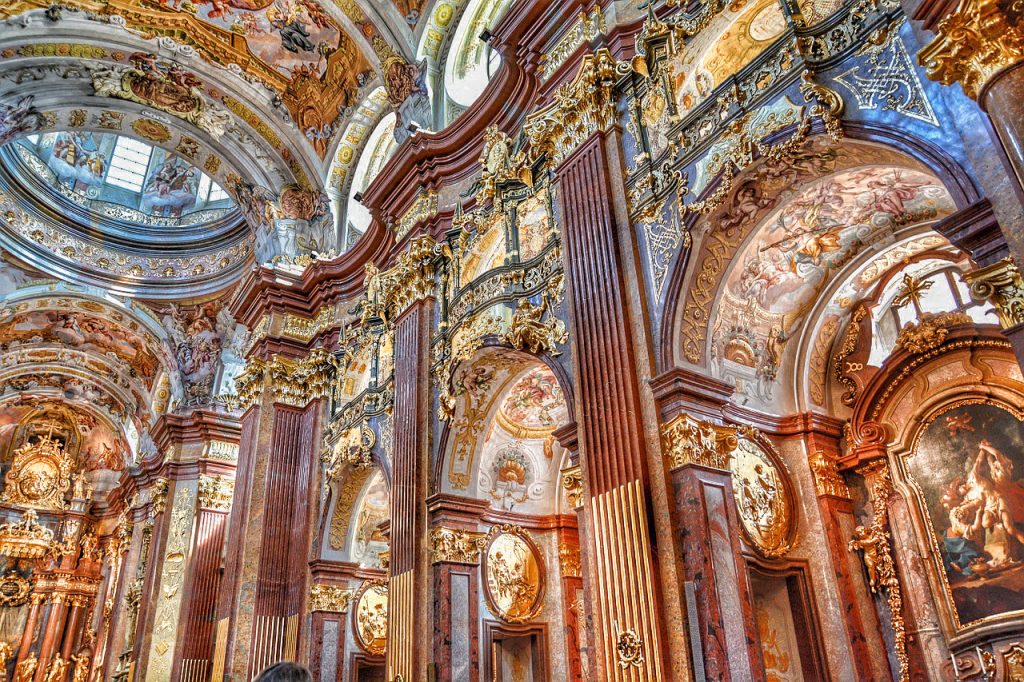
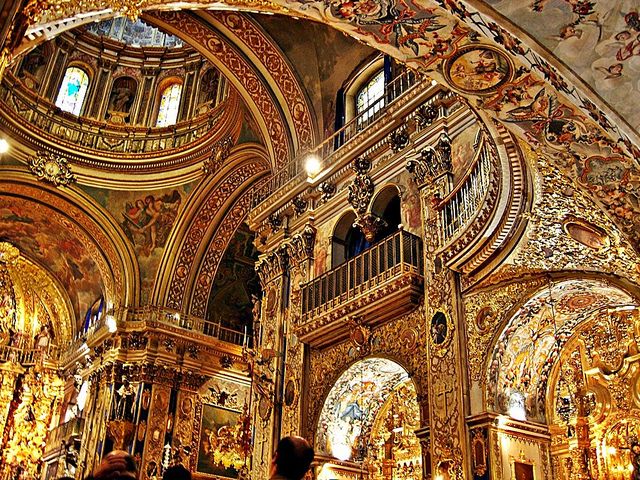
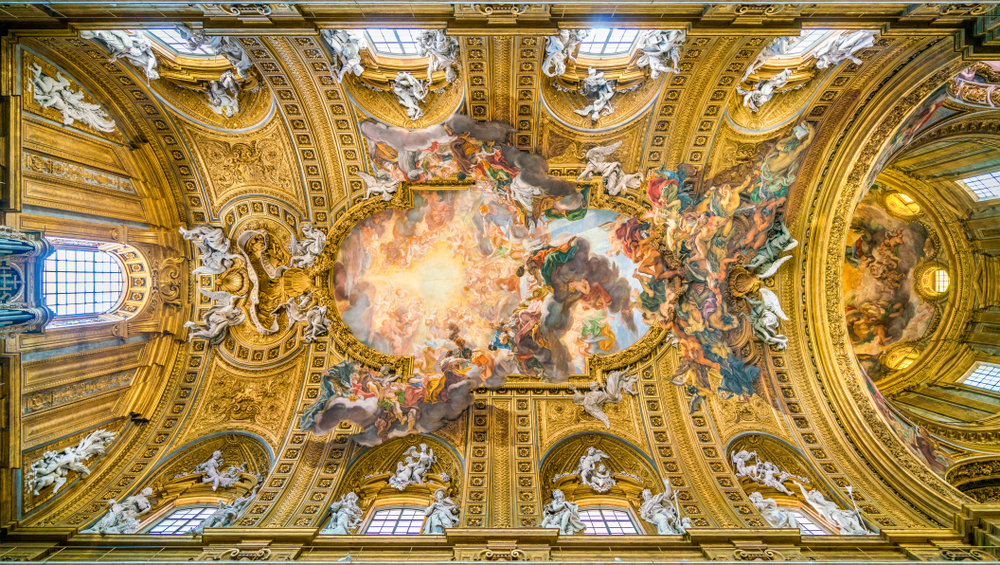
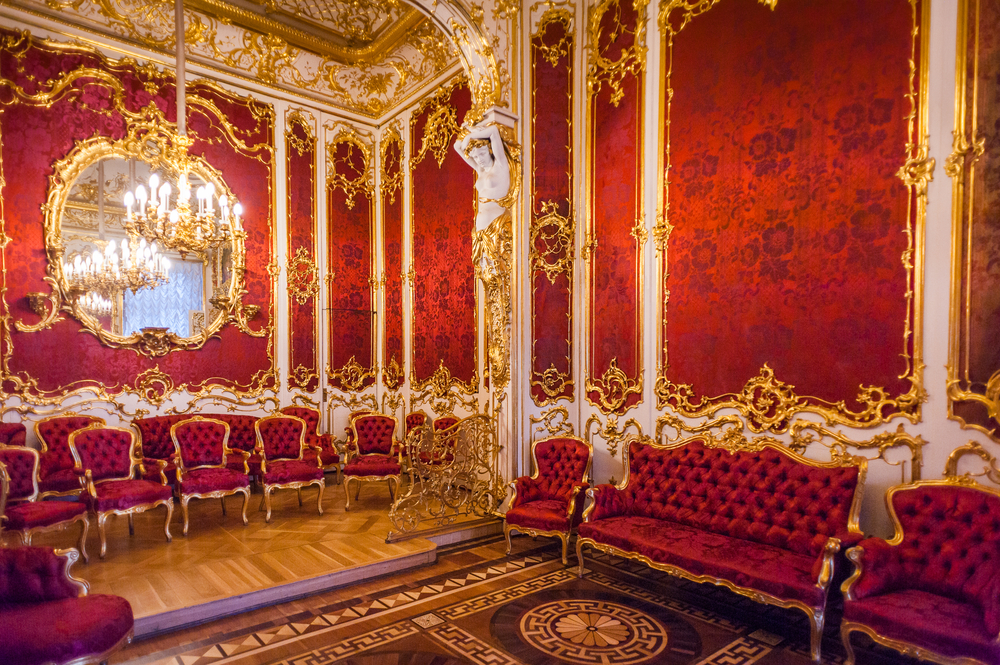
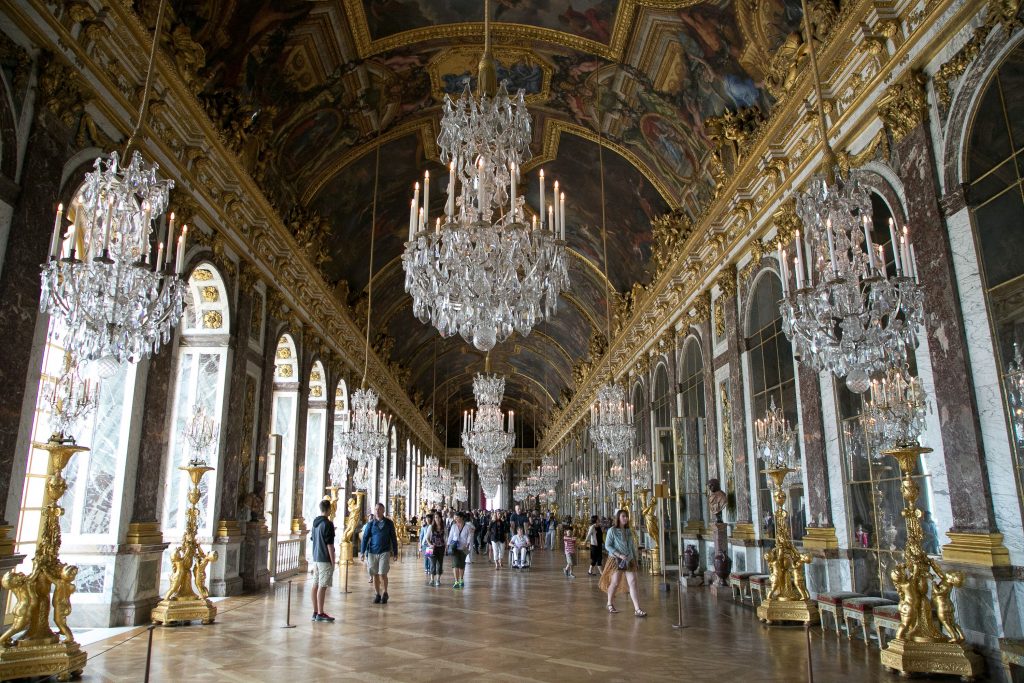
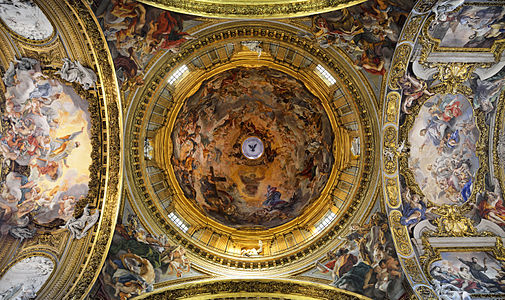
Some baroque buildings:
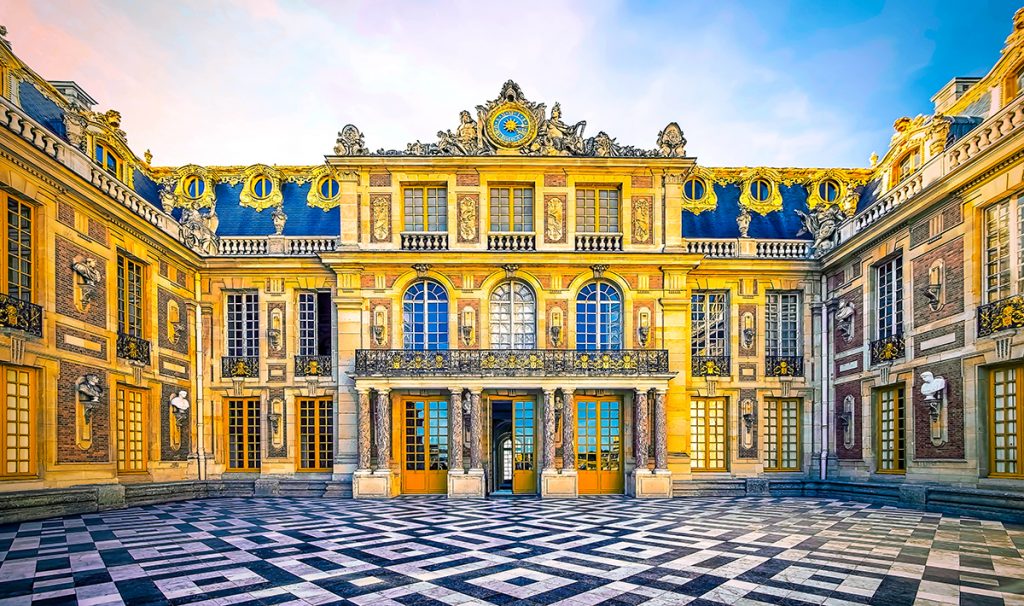
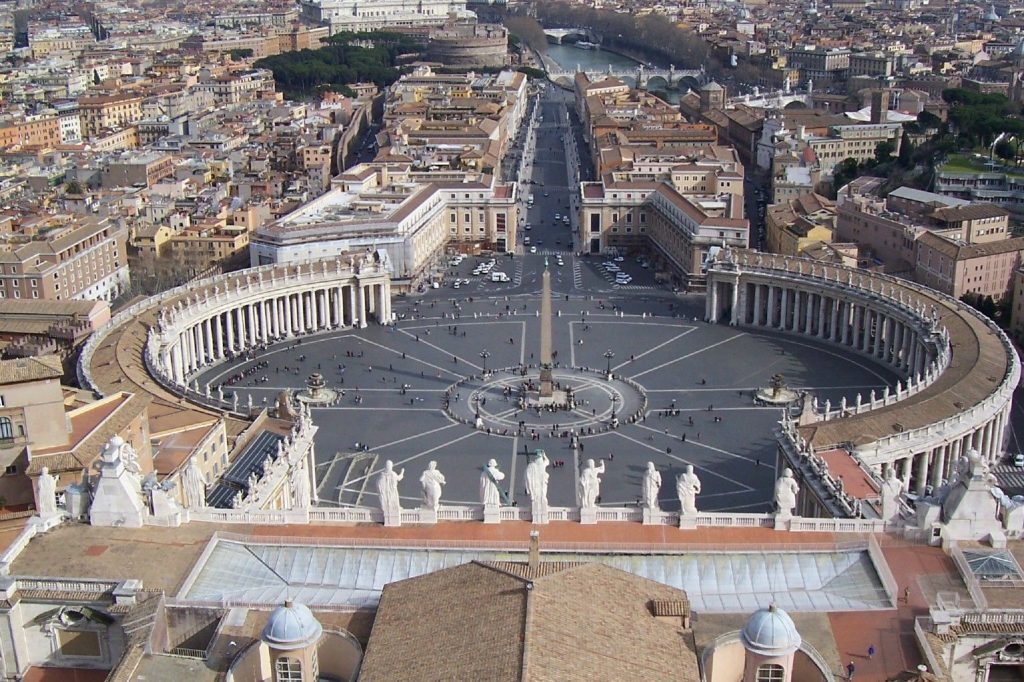
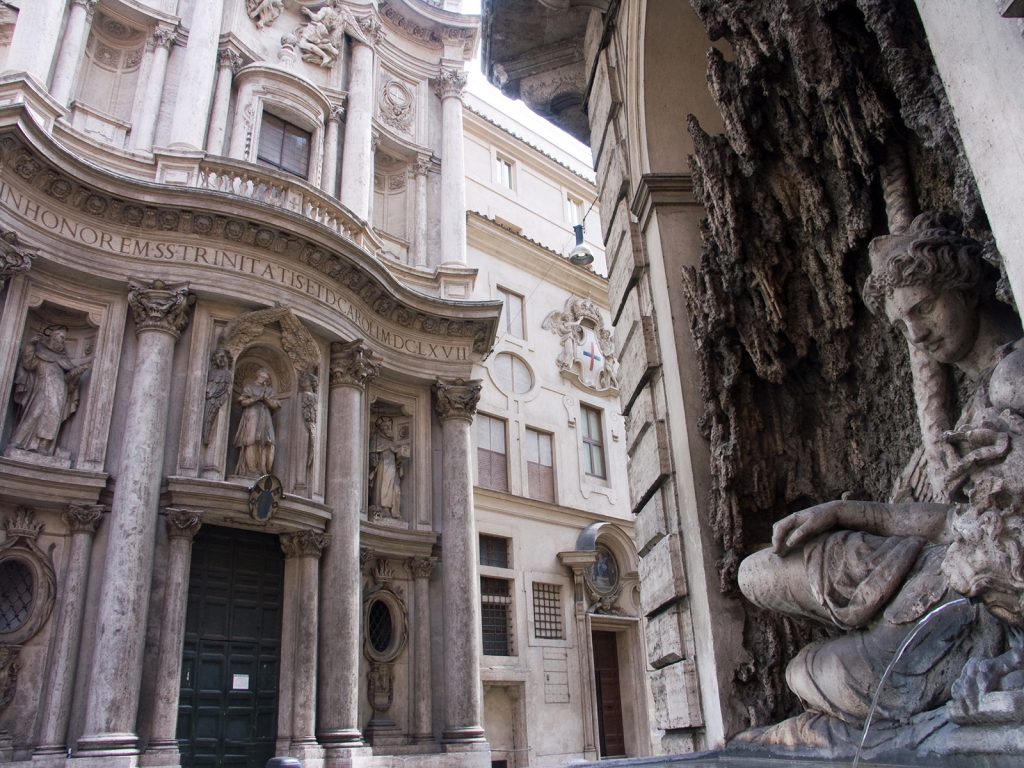

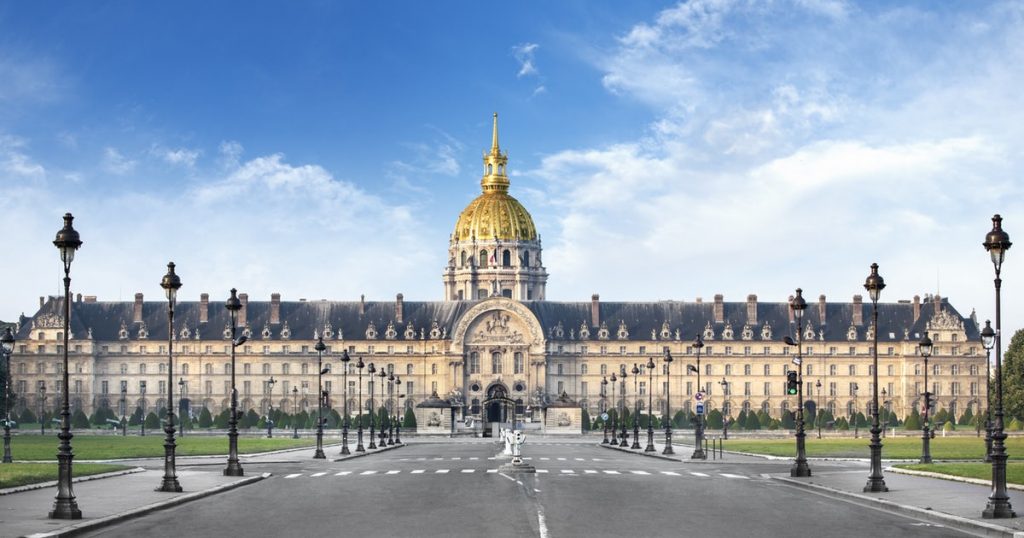
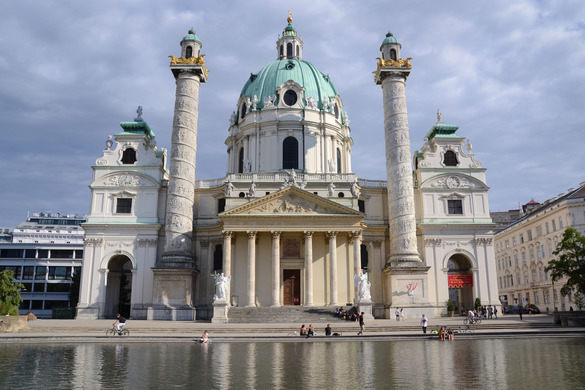
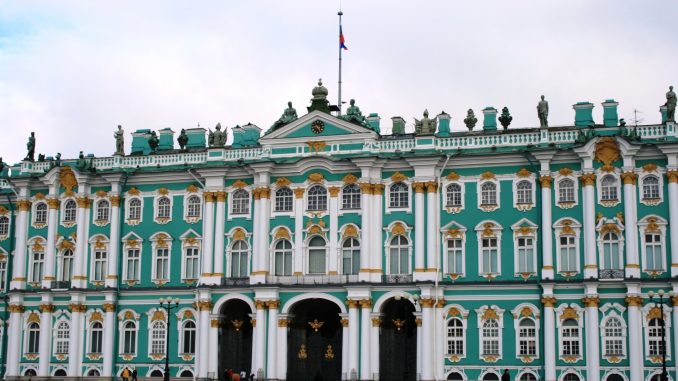
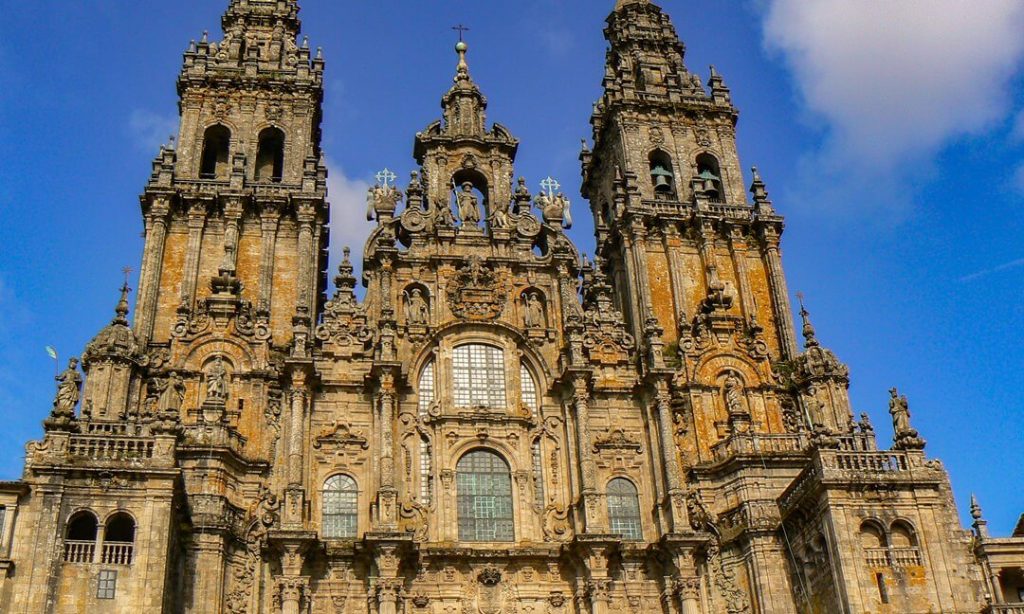
Sources:
http://www.essential-humanities.net/western-art/architecture/baroque/#general-features
https://www.worldatlas.com/articles/what-is-baroque-architecture.html
https://www.britannica.com/technology/order-architecture
http://www.visual-arts-cork.com/history-of-art/baroque-architecture.htm#building
Could you see yourself wearing any of these..??
Throughout history, clothes could be worn to signify status, to enhance one’s looks, provide warmth or other practical uses. The clothing worn by Native Americans in the 15th century greatly varied across North America due to differences in weather, access to resources and differing values from tribe to tribe. Prior to the Europeans arriving and initiating trade in the 1500s, Native Americans mainly relied on hunting to provide the skins for clothing.
Native American tribes were divided into several cultural regions. The tribes in these regions shared the same language, climate and environment.
The cultural regions and the clothing worn in these areas follows:
The Arctic: Located in the North of present-day Alaska, Canada and Greenland, this region had flatlands and had no trees. Living in one of the coldest regions on the planet, groups such as the Inuit relied on wearing several layers of thick clothing to keep them warm. Their outfit consisted of a parka, pants and boots made from seal and caribou. Seal skin would keep their clothing waterproof, while caribou fur lined the inside and covered the outside of their clothing to keep them extra warm.
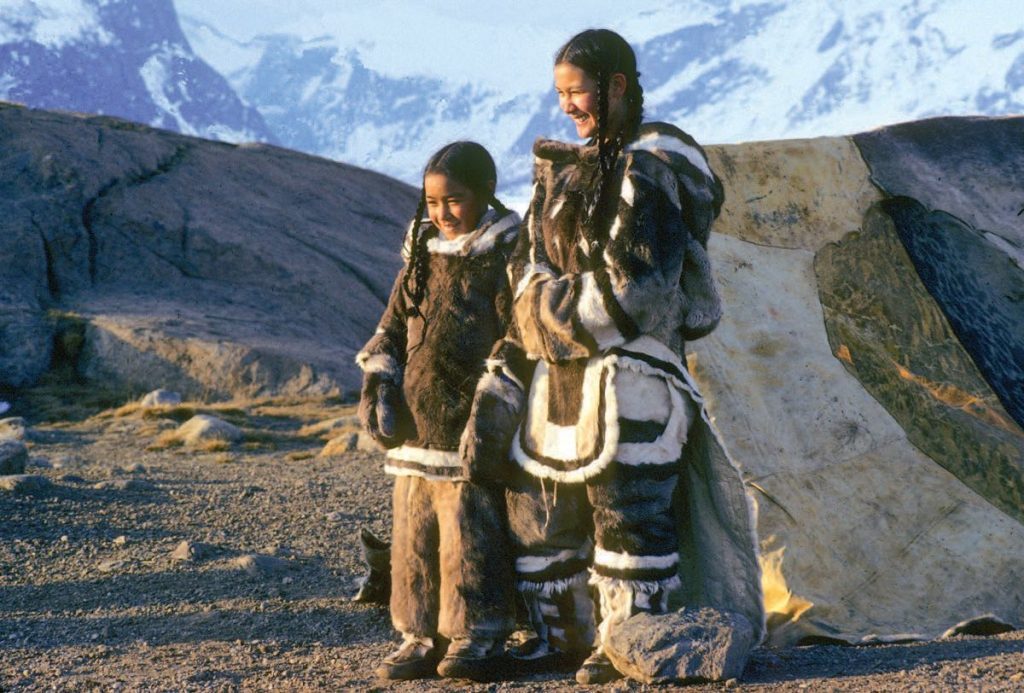
The Subarctic: This area featured swampy lands and boreal forests. Stretching across inland Canada and Alaska, people of this region lived a nomadic lifestyle, following herds of caribou. Women wore long dresses with removable sleeves while men wore breechcloths and leggings. Alternatively, both men and women also wore tunics with knee-length pants. Everyone wore moccasins, a type of soft leather boot.
The Northeast: This region covered the Canadian Maritimes, the Great Lakes region, the Mid-Atlantic states, and the American Midwest. The region had temperate weather and a rolling landscape, which made good land for farming. Everyone wore moccasins and clothing made from deerskins and pelts. In the summer, women would wear deerskin aprons while men would wear breechcloths. When the weather got colder, the people would don bearskin capes and gloves. For ceremonies, beads, shells or porcupine quills were used to decorate the cloths.
The Southeast: North of the gulf of Mexico, this region was full of fertile land. Men and women wore little clothing, wearing short skirts in warmer weather, while children wore nothing at all. In colder weather, they wore skin cloaks and moccasins. They also wore jewellery made from shells and bones. Feather headdresses and capes made from bark and feathers from eagles and turkeys were worn during ceremonies.
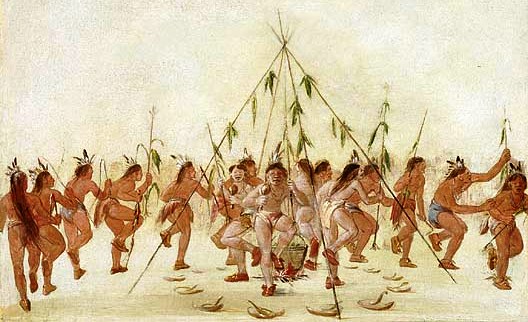
The Plains: Spanning the vast prairie region between the Mississippi River and the Rocky Mountains, the people of the Plains dressed according to the weather. During the warm summer months, women would wear loose-fitting dresses and men would wear breechcloths. In the winter, men would wear robes and high boots. Deerskins and buffalo hides were used to make their clothing. Popular American media loosely based their depiction of an “Indian” from the Plains people due to the fact that they wore feathered war bonnets.
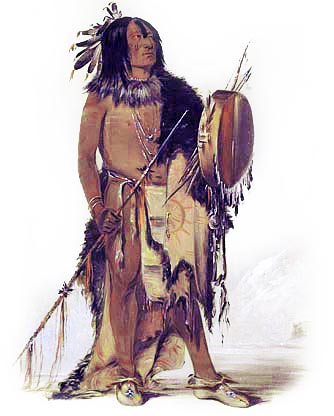
The Southwest: This area lies between present-day Arizona and New Mexico. It was a desert ecosystem and rained very little, although there were many rivers. Everyone wore deerskin moccasins. Men wore breechcloths and cloth headbands. Women wore knee-length cotton dresses called mantas. The dress was fastened over one shoulder while the other remained bare.
There are many more cultural regions such as the Northwest Coast, the Great Basin, and the Plateau. The areas I have talked about above are meant to show how different people dress depending on the region’s climate and topography. Not long after this period in time, Native Americans were exposed to the influences of the European settlers, adopting their styles as well as the styles of neighbouring tribes due to trade.
Sources:
http://www.native-languages.org/clothing.htm
https://greatplains.weebly.com/clothing.html
https://www.history.com/topics/native-american-history/native-american-cultures#section_4
Wait- there’s a reason why the Ancient Egyptians coloured their art in a funky way?
In Ancient Egypt, art decorated Ancient Egyptians’ houses to tombs. Colours made from minerals and semi-precious stones were used to colour them. Their use of colour was highly symbolic. Every colour used in paintings served a meaning which told a story.
They used six main colours; the ancient names listed after the colour.
Red ( “desher”), green ( “wadj”), blue ( “irtyu”), yellow ( “khenet”), white (“hedj”) and black ( “kem”).
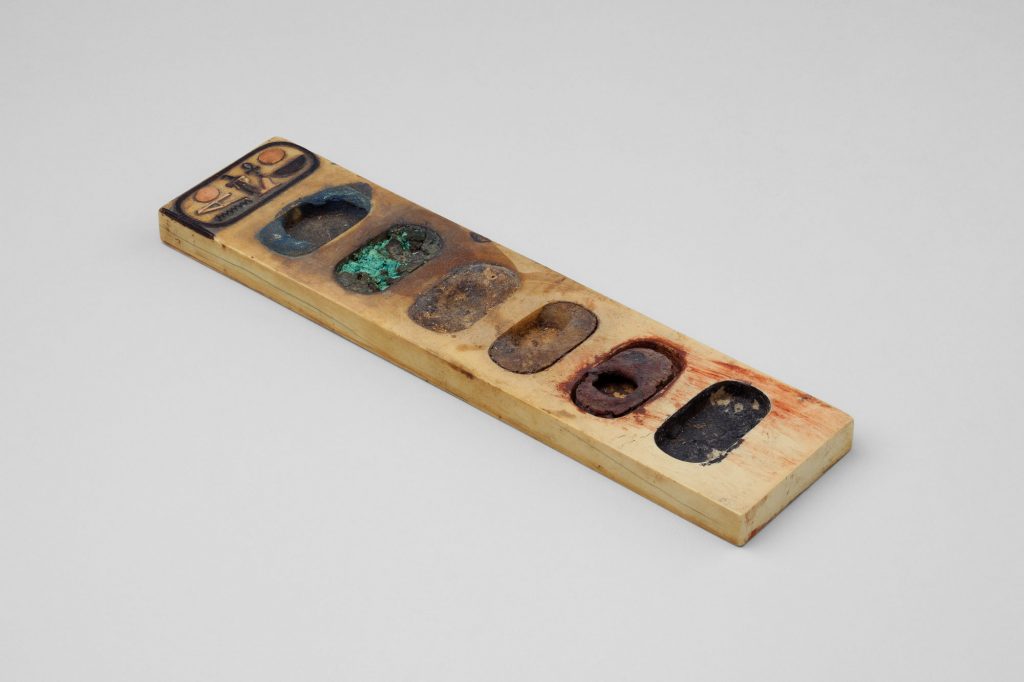
These colours represented people, characteristics, and things found in nature. A summary of the colours and their meanings and how they were used in art follows.
Red symbolized chaos, fire, and anger. This colour was associated with the god of storms and chaos, Set, who had red hair. He was also associated with the desert which was believed to be the entrance to the underworld- therefore making the colour red be associated with death as well. Additionally, red can represent victory as a result of Set defeating an evil being called Apep. Egyptian men were painted with red skin, which was standard protocol.
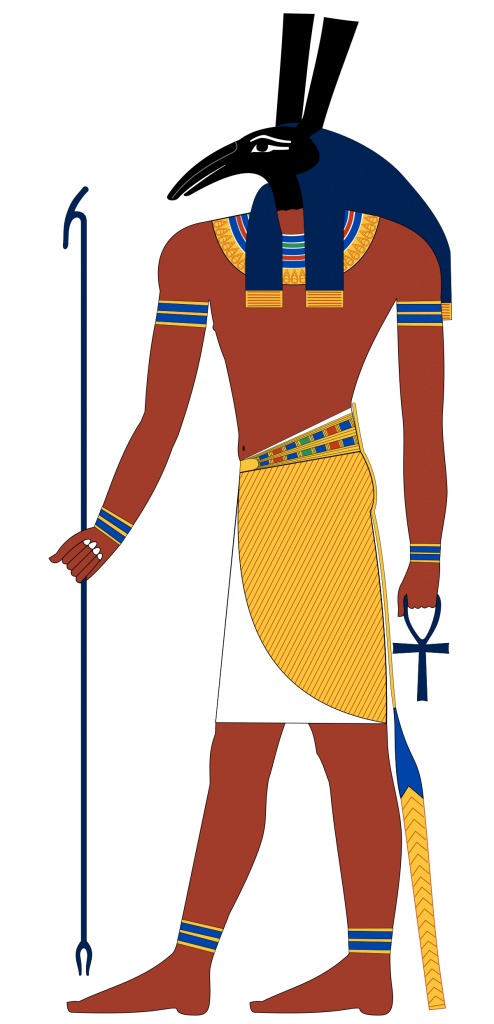
Green symbolized growth and vegetation, life and resurrection (which could also be represented by black). Osiris, the Egyptian god of fertility, the underworld and the afterlife was often depicted with green skin.
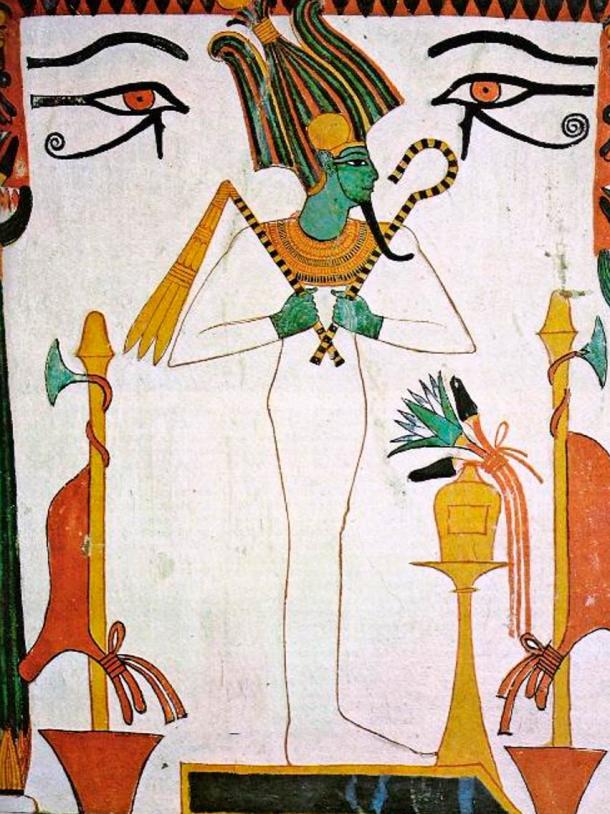
Blue, commonly known as “Egyptian Blue” was very popular.. It was the colour of the heavens and the water. Blue was, of course, the colour of the Nile River which symbolized fertility, growth and birth. Amon, the god of Egypt, was often portrayed with a blue face to show that he had a role in the creation of the world. Some Pharaohs (Supreme leaders of the land) that were associated with Amon were shown to have blue faces or hair in art.
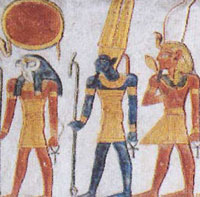
Yellow, the colour of the sun and gold, symbolized eternity, perfection and being indestructible. It was also used to colour the skin of women, who spent more time indoors. Egyptian gods were believed to have skin and bones of gold and were often portrayed having gold skin in sculptures and paintings
White symbolized purity, clarity and simplicity. During holy rituals, white clothing was worn. Sacred animals such as oxen and cows were white. White was also used to depict clothing and other objects which associate the colour to everyday life. However, white was usually used to bring attention to the important aspects of a painting.
Black symbolized darkness and the underworld. It also represented both life and death. Osiris, the god of the underworld was called “The Black One” so the colour black was associated with death as well. One may not expect it, but black also symbolized fertility and life, similar to the colour green. This is because the black silt of the Nile was used for agriculture and nourished the people. Black was used as the standard hair colour in paintings, and was used to represent the Nubians and Kushites, people from the south.
Red and white were paired as they were opposites. These colours were featured of the double crown of Egypt, which represented the two regions of Egypt coming together as one.
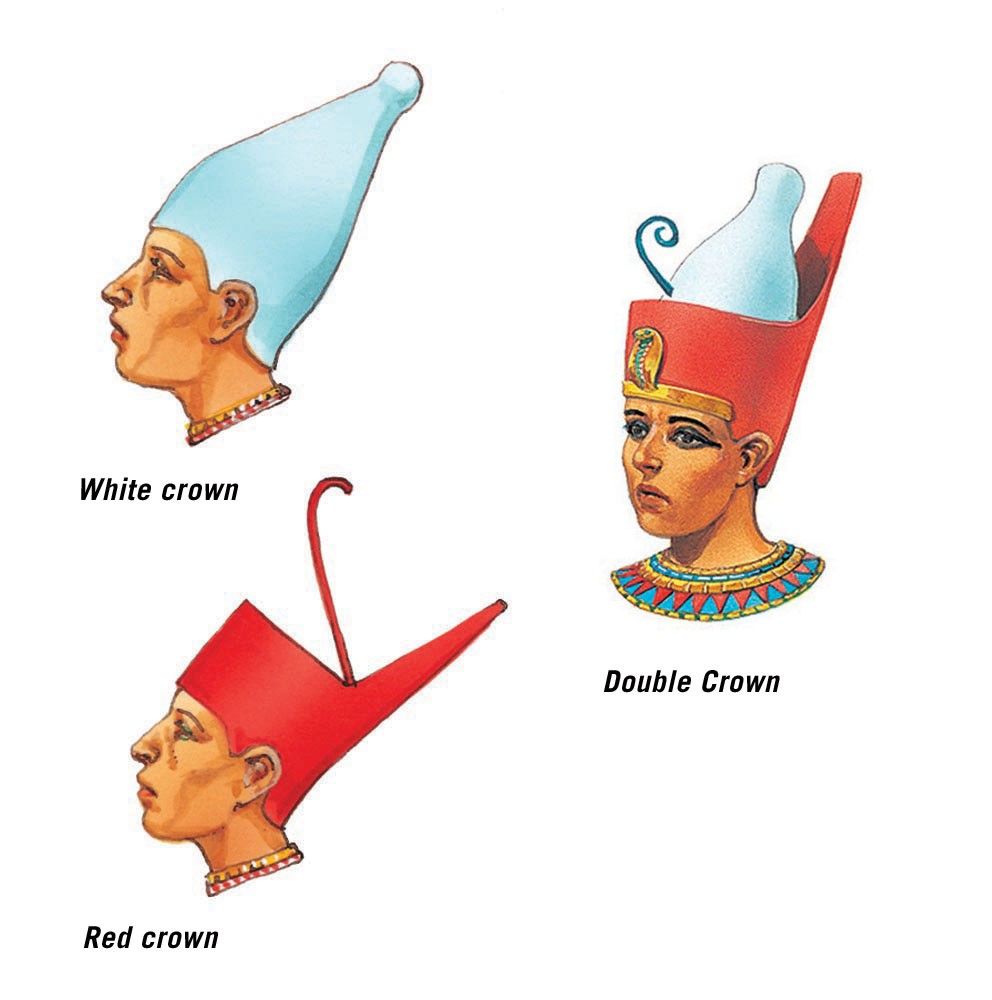
Sources:
https://www.ancient.eu/article/999/color-in-ancient-egypt/
https://www.thoughtco.com/colors-of-ancient-egypt-43718
http://www.egyptianmyths.net/colors.htm